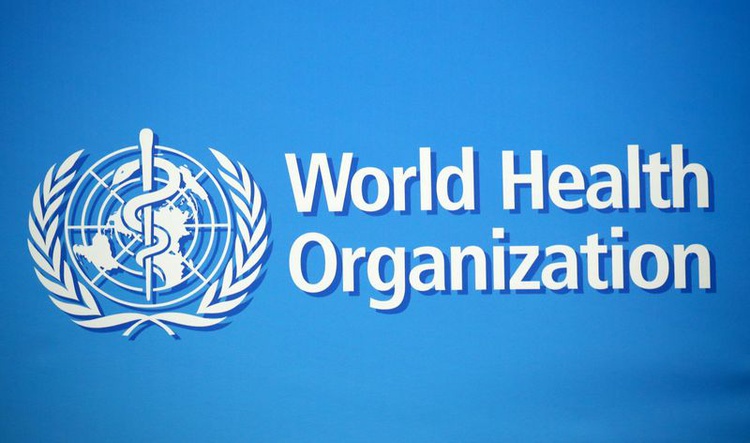By Haruna Gimba
A new World Health Organization (WHO) analysis shows that Africa is facing a growing risk of outbreaks caused by zoonotic pathogens.
There has been a 63 per cent increase in the number of zoonotic outbreaks in the region in the decade, from 2012-2022 compared to 2001-2011.
The investigation finds that between 2001-2022, there were 1,843 substantiated public health events recorded in the WHO African region. Thirty per cent of these events were zoonotic disease outbreaks.
While these numbers have increased over the past two decades, there was a particular spike in 2019 and 2020 when zoonotic pathogens represented around 50 per cent of public health events. Ebola and other viral haemorrhagic fevers constitute nearly 70 per cent of these outbreaks; with dengue fever, anthrax, plague, monkeypox and a range of other diseases making up the remaining 30 per cent.
The latest data on monkeypox finds a significant increase in cases since April 2022, compared to the same period in 2021. The increase is mainly observed in the Democratic Republic of the Congo and Nigeria, and could partly be attributed to enhanced monkeypox surveillance and laboratory testing capacity in the countries, though detailed investigations are underway.
However, this upward trend is still lower than in 2020 when the region reported its highest monthly cases of monkeypox. Overall, cases of monkeypox have been rising since 2017, except in 2021, where there was a sudden drop.
From January 1 to July 8, 2022, there have been 2,087 cumulative monkeypox cases, of which only 203 were confirmed. The overall case fatality rate for the 203 confirmed cases is 2.4 per cent. Of the 175 confirmed cases for which there is case specific data, 53 per cent were male and the median age was 17 years.
In Kenya, last year WHO confirmed cases of the Rift Valley fever (RVF) in humans in Isiolo and Mandera counties and in animals in Isiolo, Mandera, Murang’a and Garissa counties.
As of February 4, 2021, there were a total of 32 human cases – with 14 confirmed positive and 11 deaths.
Rift Valley Fever outbreaks are recurrent in Kenya and there have been several reported cases in the past (1998, 2006-2007, 2014, 2018). Last year’s outbreak was associated with rivers and flooding.
The WHO analysis indicates that the increase in zoonotic cases may be due to several reasons. Africa has the world’s fastest growing population and there is a growing demand for food derived from animals including meat, poultry, eggs, and milk.
The population growth is also leading to rising urbanisation and encroachment on the habitats of wildlife. Road, rail, boat and air links are also improving across Africa, increasing the risk of zoonotic disease outbreaks spreading from remote areas where there are few inhabitants to large urban areas.




